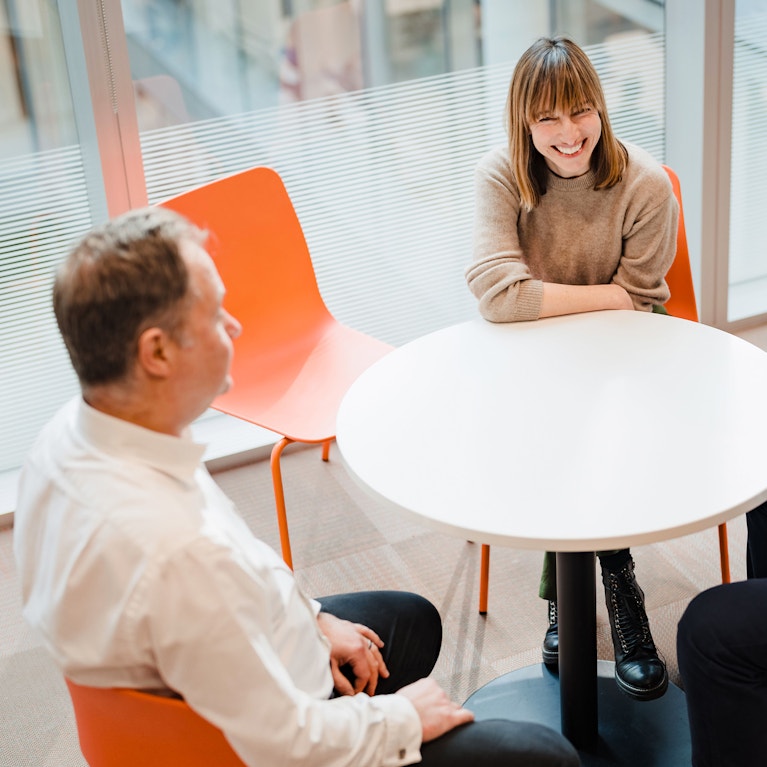

About PA
Working across the world as a single united team, we’re the only company with the range of expertise to deliver end-to-end innovation.
We accelerate new growth ideas from concept, through design and development to commercial success. And we revitalise organisations with the leadership, culture, systems and processes to make innovation a reality.
We deliver great work because of our brilliant people who live our purpose every day.
Our purpose
We believe in the power of ingenuity to build a positive human future.
This is PA’s purpose, the lighthouse guiding what we do, how we do it and, most importantly, why we do it. It means we’re proud to work with clients who make a positive contribution on ground-breaking and innovative projects that improve people’s lives.
For us, ingenuity is a mindset. We’re optimists who believe that when you put bright people and brilliant technology together, amazing things happen. It isn’t just transformative and fascinating. It means delivering actual results every day, helping find new opportunities for our clients, communities, and the wider world.
It’s this mindset that creates the environment for progress. And with this at the heart of who we are and what we do, we believe that a positive human future is perfectly achievable.
Fast facts

Our story
We’ve been enabling leaders to unlock ingenuity to address their toughest challenges for nearly 80 years.
England. 1943. A time of national crisis.
The men who had been manufacturing for the war effort had been called to the front lines, leaving the factories empty. Our experts approached the government with an offer: to help inspire and encourage women into the workforce, training them to succeed, in the most advanced technological facilities of the day.
This was the age of Taylorism and Fordism, the era of scientific management that treated people as machines. Workers’ needs, motivations and feelings had been disregarded.
Our approach was completely different. Innovative thinking. Breakthrough technology. With a human-centred approach that appreciated diversity, valued individuals, and inspired teams to deliver previously unachievable results. And so, PA (short for Personnel Administration) was born.
Since then, the innovation has continued. The first self-service parking system, the world’s first private digital telephone exchange, the original brushless servo motor, and the handheld tonometer. The first recordable compact discs, the disposable pregnancy test, the first breath-actuated metered dose inhaler. 3G and 4G critical national infrastructure. A hyperloop to revolutionise travel. Seaweed replacements for plastics. The world’s first tea-sheet. Cobots in care. A smart sock that keeps babies safe.
Whatever changes in PA, some things will always stay the same. Our care for our clients and the customers and citizens they serve. And our dedication for the positive impact we can make on the world.
Explore more
Locations









